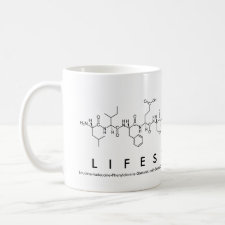
Authors: Liu HY, Yang GL, Liu SB, Wang MM, Chen Y
Article Title: Molecular recognition properties and adsorption isotherms of diniconaziole-imprinted polymers.
Publication date: 2005
Journal: Journal of Liquid Chromatography & Related Technologies
Volume: 28
Issue: (15)
Page numbers: 2315-2323.
DOI: 10.1080/10826070500187509
Alternative URL: http://www.informaworld.com/10.1080/10826070500187509
Abstract: Diniconazole, a triazole-type fungicide with a broad antifungal spectrum, shows excellent efficacy against various diseases. Molecular imprinted polymers of the compound were prepared by the technique of non-covalent molecular imprinting polymerization. The functional monomers used include methacrylic acid, acrylamide, or a combination of methacrylic acid and acrylamide. HPLC was used to study the molecular recognition mechanism regulating the binding behavior and evaluate the binding performance of MIPs for template and for paclobutrazol. The result showed that the MIPs (P1-3) had significant molecular imprinting effect, but P3 is better for the separation of diniconazole and paclobutrazol. The adsorption isotherms of diniconazole on the imprinting stationary phase were determined using rectangular pulse frontal analysis. Three different ratios of methanol-water (50: 50, 55 :45, 60: 40, v/v) were used as the mobile phases in frontal analysis. It was found that the bigger the ratio of methanol is, the better adsorption lines are fitted to both Langmuir and Freundlich isotherm models
Template and target information: diniconazole
Author keywords: molecular imprinting, Diniconazole, molecular recognition, adsorption isotherms



Join the Society for Molecular Imprinting

New items RSS feed
Sign-up for e-mail updates:
Choose between receiving an occasional newsletter or more frequent e-mail alerts.
Click here to go to the sign-up page.
Is your name elemental or peptidic? Enter your name and find out by clicking either of the buttons below!
Other products you may like:
 MIPdatabase
MIPdatabase









